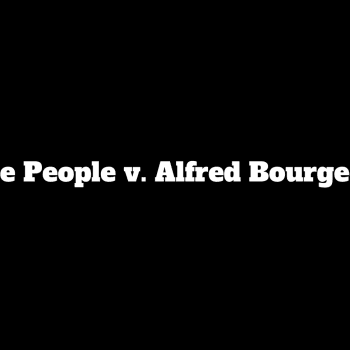Perhaps Paul, while speaking of the birth pangs of the whole of creation, is also speaking very specifically and personally about his own labor pains. There is a powerful analogy between birth pangs and his own call and ministry. Once he embarked on the mission God called him to, there was no turning back if new churches were to be born. His birth pangs took the form of intense pain, unavoidable pain, pain that was, not a one-time pang, but wave after wave in a lifelong process. In the midst of it Paul is able to affirm, both in Romans and in other letters, that it is a pain that leads to new birth. Though he cannot yet see it, it gives him hope. He can bear his labor pains with patience.
"For in hope we were saved. Now hope that is seen is not hope. For who hopes for what is seen? But if we hope for what we do not see, we wait for it with patience" (Rom.8:24-25).
Sources Consulted
Dale C. Allison, The End of the Ages Has Come: Early Interpretation of the Passion and Resurrection of Jesus.
Conrad Gempf, "The Imagery of Birth Pangs in the New Testament," The Tyndale Bulletin 45.1 (1994) 119-135.





